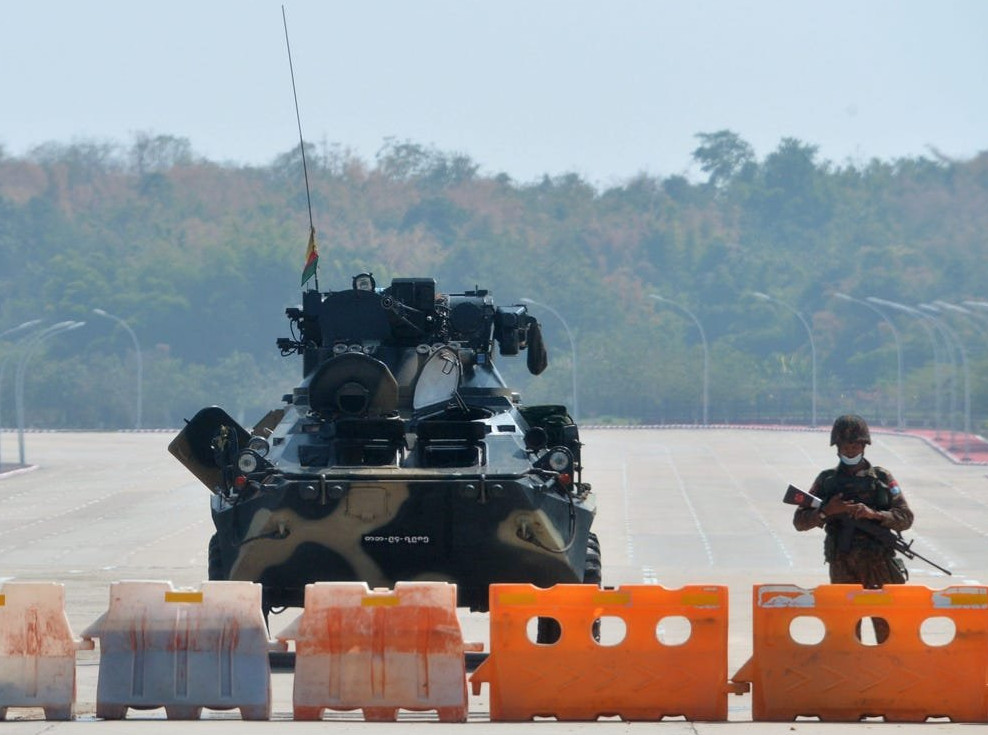To depict the integration of vector graphics with technology in a mural, you could create a scene that showcases various digital devices and tools used in conjunction with vector graphics software. Here’s how you could visualize it:
Digital Workstation: Show an artist or designer working at a digital workstation, featuring a high-performance computer or laptop equipped with vector graphics software.









This could include popular design applications such as Adobe Illustrator, CorelDRAW, or Inkscape.
Interactive Display: Display a large interactive display or digital drawing tablet where the artist is creating vector artwork directly on the screen using a stylus or digital pen. This highlights the tactile and responsive nature of digital drawing tools, allowing for precise control and fluid expression.
Tablet and Mobile Devices: Include tablet devices and smartphones that are used for creating and viewing vector graphics on the go. Show how vector graphics apps enable users to sketch, edit, and share artwork seamlessly across different devices, providing flexibility and mobility in the creative process.
Augmented Reality (AR) and Virtual Reality (VR): Depict how vector graphics can be integrated into AR and VR applications, enhancing immersive experiences and interactive storytelling. Show users wearing AR glasses or VR headsets as they interact with virtual environments populated with vector-based objects and animations.
3D Printing and Prototyping: Illustrate how vector graphics are used in conjunction with 3D printing and prototyping technologies to create physical objects and models. Show a 3D printer producing a prototype based on a vector design, highlighting the seamless transition from digital to physical form.
Web and User Interface Design: Showcase vector graphics being used in web design and user interface (UI) design to create icons, buttons, and graphics for websites and mobile apps. Display wireframes and mockups of digital interfaces, emphasizing the role of vector graphics in shaping user experiences and interactions.
Data Visualization: Illustrate how vector graphics are used to visualize data and information in interactive dashboards and infographics. Show charts, graphs, and diagrams rendered with vector graphics, conveying complex concepts and insights in a visually compelling manner.
Collaboration Tools: Highlight collaboration tools and cloud-based platforms that enable multiple users to collaborate on vector-based projects in real-time. Show how artists and designers can share, comment, and edit vector artwork remotely, fostering teamwork and creativity across distributed teams.
By incorporating these elements into the mural, you can visually convey the seamless integration of vector graphics with a wide range of digital technologies, showcasing their versatility and impact in the modern creative landscape.


Leave a Reply